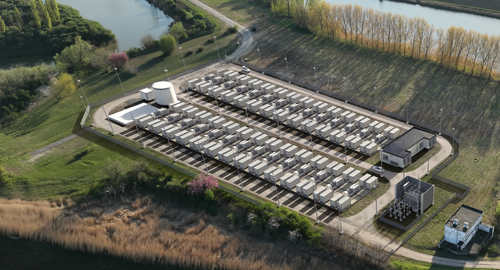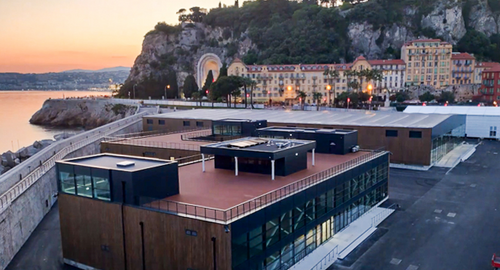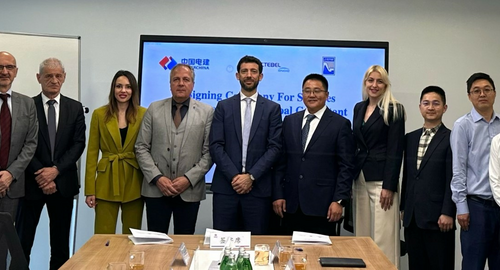
Listen to Engineering Angles, Tractebel's podcast!
In the latest episode of Engineering Angles, we caught up with Neha Bansal, Deputy General Manager of Hydropower & Water Resources in Business Development &...
Lees verderThe millions who visit two important pilgrimage sites in the Himalayas each year must navigate the steep final 10+km on foot. Tractebel is developing a cable car system that will transport them over this distance in a safe and enjoyable way.
Kedarnath and Hemkund Sahib in Uttarakhand, India, are very important pilgrimage centres at high altitudes in the Himalayas. The millions of pilgrims who flock to these places annually are forced to navigate the steep and rugged final kilometers on foot. The National Highways Logistics Management Limited (NHLML), along with Uttarakhand Tourism have decided to construct ropeways, or cable car systems, to provide a safe and comfortable passage for the pilgrims.
Our Urban experts are carrying out the feasibility study, detailed project report (DPR) and engineering and design of the ropeways. The project began in November 2021 and is slated for completion in November 2023.
Moving 1.5 million people high in the Himalayas
The project covers two locations:
The 13km-long Sonprayag-Gaurikund-Kedarnath route: Over one million people take this route on foot each year, during the eight-month summer period when passage is possible due to the absence of snow. The planned ropeway is expected to move upwards of 5,000 people per hour (PPH). The elevation difference between the lower terminal (1,700m) and the upper terminal (3,500m) is around 1,800m.

Kendarnath terminal tower and station, slated for completion in 2023
The 12.6km-long Govind Ghat-Ghangaria-Hemkund Sahib route: Approximately 450,000 people walk this route each year, during the six months without snowfall. The ropeway will transport up to 3,000 PPH. The elevation of this route is around 2,500m, the lower terminal at 1,695m in altitude and the upper terminal at 4,165m.
It is expected that 70% of visitors will opt to use the ropeways.
Sustainability for the people and the planet
Renewable power will be the main source for running the ropeways. In these ecologically sensitive areas of the Himalayas, the project eliminates the need to cut into slopes as would be required by laying roads, minimizes the number of people travelling to the sites by helicopter and greatly reduces disturbance to the alpine flora and fauna caused by the masses of people walking in these vulnerable areas.

In the latest episode of Engineering Angles, we caught up with Neha Bansal, Deputy General Manager of Hydropower & Water Resources in Business Development &...
Lees verder
Tractebel helps ENGIE build its second large-scale battery park in Belgium, contributing to shaping a flexible, reliable and sustainable energy system in the country.
Lees verder
Our Urban teams from France and Monaco are leading the design and construction supervision of the Mediterranean Pavilion, ahead of the third United Nations Ocean...
Lees verder
Our transport infrastructure experts signed a mandate on April 25, 2025, to provide technical services on the first metro project in the Western Balkans. This is our...
Lees verder